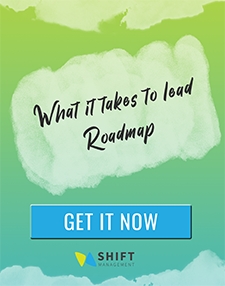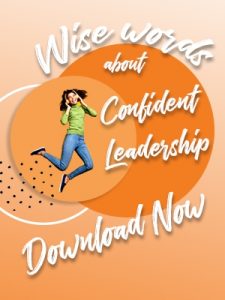It is pretty easy to tell other people what they should do, how they should fix a work issue and how to fix their personality foibles. We can quickly see when someone else is so much in favour of a person or a project they can’t see the forest for the trees. We can spot other people’s bias as soon as our own interests are threatened. But how do we know where our own biases are and why would it be important to find out?
The main reason we need to increase our own bias awareness is because we tend to see ourselves in a more favourable light than we see others. We are positively biased towards the preservation of our own self-image and rationalize the choices we make on that basis. Adults need to see themselves as competent and good people, or they can’t live with themselves. Even tyrants tell themselves they are doing odious acts because it is for other people’s own good. In this ongoing inner battle between the individual’s insistent ego trying to manifest itself and deep social desire to belong to a group where we are valued, a whole lot of misconceptions and injustices can occur.
Some of the most common are:
- We can see others as fundamentally flawed, wrong or evil when they are just trying to do their jobs
- We can imagine others are out to get us when they may simply be having a bad day
- We can over or underestimate the progress and quality of projects, new products or business ideas just because we may personally like or dislike the idea
- We can think that entire groups of people are less human than we are because of the accident of our birth and position in society
So if bias is so hard to see in ourselves, what can we do to counter-balance its effects?
Once we become aware of our bias, most of us will auto-correct as a result: self-awareness can be a very useful tool. In the interests of promoting a more equitable world and more pleasant workplace for all, I offer these three useful strategies we can all use to check our bias level in any given situation.
Strategy #1: Use a pros and cons list
I use this strategy to test my specific bias towards an individual, a group or a project.
Divide a sheet into two columns with Pros on one side and Cons on the other. Think about the person, group or project and quickly list as many positives as you can under the pros list and as many negatives as you can on the cons list. It is important to do this quickly, it should not take more than two minutes. When you have finished the list, consider the following:
- A) If you can’t think of anything or you have only 2-3 items on either or both lists: You don’t know the person, group or project well enough to trust your judgment. Gather information and try again in a week or two.
- B) If you have a few pros and a whole list of cons: You are negatively biased against whoever or whatever you are trying to judge. Consider this carefully and ask yourself why.
- C) If you have a few cons and a whole list of pros: You are positively biased against this person, group or project. Your judgment is clouded and may be unrealistic. Ask yourself why.
- D) If you have a balanced list of pros and cons: First see which list was completed first. If you had to think about one longer to get it to match the other, see either A) or B) and reconsider. If you pass this test, you are probably not biased either for or against in this case. Consider your judgments as likely based on facts, but continue to ask yourself if your bias is affecting any aspect of the upcoming developments.
Strategy #2: Snapshot your life

This strategy is good for checking your bias in general.
Take pictures of everyone you hang out with for one week. Work, home, leisure, groups you belong to, family, etc. Print up the pictures at the end of the week or put them into a photo gallery, collage or PowerPoint. Examine carefully for age, gender, profession, ethnicity, religious affiliation, social class, race, languages spoken, length of time known, place of origin, nationality.
If:
- A) Everyone you spend time with looks, speaks, thinks and acts like you: Consider yourself biased in favour of people like you. Think about expanding your circle to meet people who are different from you and learn from them.
- B) A few people are different from you: You have created some opportunities to expand your horizon but need to do more. Go wider and also deeper in your social circles.
- C) Everyone is different from you: You may be negatively biased against your own group. Make sure you aren’t just “collecting” people. Think about deepening the relationships with a few.
Strategy #3: Ask yourself critical questions
This is a great strategy to use all the time, just keep the question list near by, and remind yourself to refer to it.
In any situation involving dialogue, meetings, or conflict, consciously ask yourself these questions:
- Have I personally experienced this before? If not am I discrediting your experience because it does not match mine?
- Am I open to hear about this experience from you?
- Am I interested in hearing what you have to say and in learning from you?
- What is it about listening to your experience/point of view makes me feel uncomfortable? Why?
- Do I value your opinion as more or less worthy than mine? If more why, if less why?
- Can I name at least three qualities you have that I appreciate or admire?
These are simple things you can do to consider your own bias that are likely to help you listen to others, learn from people and situations and evaluate projects more effectively.
A few good reads on this topic are:
Quick:
Your Dictionary, Examples of Bias: http://examples.yourdictionary.com/examples-of-bias.html
General:
List of cognitive bias, Wikipedia: http://en.wikipedia.org/wiki/List_of_cognitive_biases
Insightful:
Blindspots: Hidden biases of good people by Mahzarin R. Banaji
http://www.amazon.com/Blindspot-Hidden-Biases-Good-People/dp/0553804642







